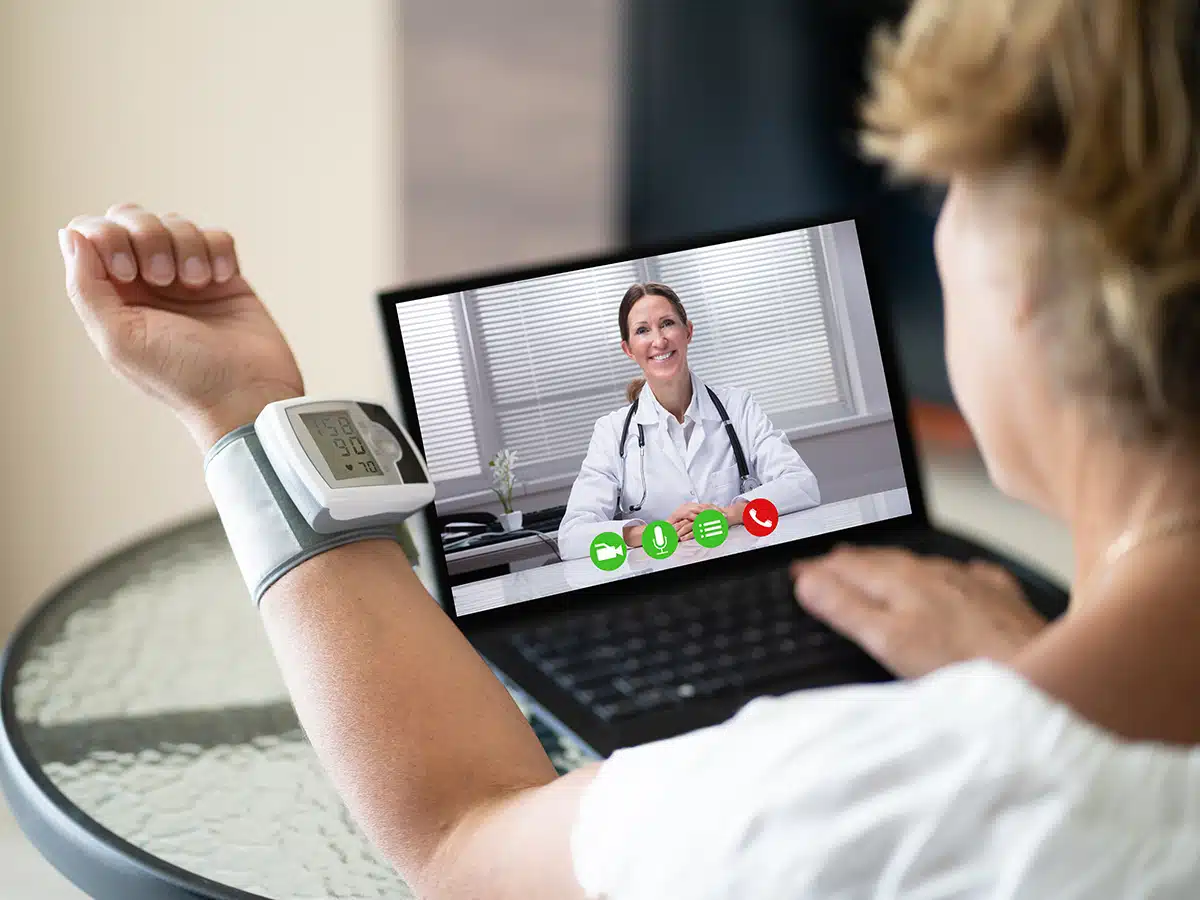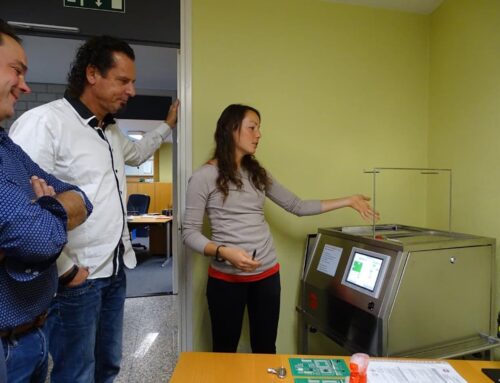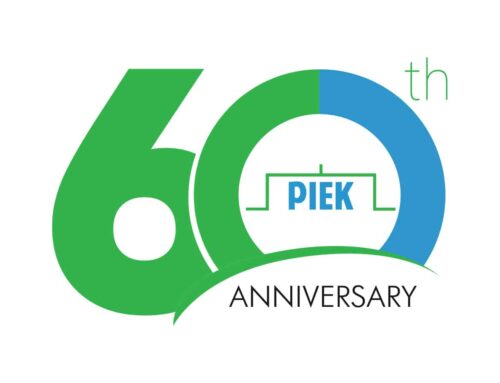Telemedicine and telehealth are two concepts that are increasingly used these days in the healthcare sector. Telemedecine refers to the offering of clinical services by doctors and nurses without there being direct contact with the patient concerned. Service is provided through computers or mobile devices. This means that a patient does not have go to the hospital or the GP’s practice. It also means that doctors can make use of remote monitoring of the status of patients and that they can give instructions to nurses about patient care via mobile devices. Telemedicine is already widely used in healthcare.
Telehealth goes one step further than telemedicine, as it also encompasses actions that are not strictly medical, such as taking care of the administration related to a patient.
In the future telemedicine will be used much more often, because it has countless advantages, not just for the patient and the people around him/her but also for the healthcare system as a whole. Some advantages are fewer travel needs for the patient, so CO2 emissions are reduced, and less chance of infections by nursing staff in case there is an infectious disease, and the list goes on.
Telemedicine is currently already deployed in preventive healthcare and remote patient monitoring. This allows healthcare workers to work more efficiently and effectively, and it is less burdensome for the patient.
Telemedicine will also give a quality boost to healthcare. For patients healthcare will become more accessible, and for doctors and nurses tele-medicine is beneficial because virtual consultations allow them to have more time for more patients.
So far various suppliers have come up with apps that are well suited for use in telemedicine. One of these apps has been developed by AMD Global medicine. The experiences gathered by now show that the patient as well as the healthcare worker are very satisfied with the possibilities offered via the app.
In intensive care units too telemedicine is being used more and more. Doctors can give their colleagues valuable advice during important or risky operations, without having to be on site, and they can also assist in operations thanks to the use of HD cameras.
Addison, marketed by Electronic Caregiver, helps hospitals to combat staff shortages. Addison is a 3D animation that can be deployed with chronically ill people, but also with children. Addison helps people to remember to take their medication, offers 24/7 emergency assistance and monitors patients’ vital functions. Monitoring data can be shared real time with healthcare professionals, ensuring that responsive action can be taken much faster in case of an emergency.
All in all, these are interesting developments that can lead to a reduction in the workload of healthcare workers, that can bring down healthcare costs and that can give greater access to healthcare for those who need it.










